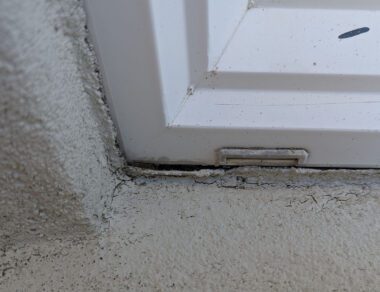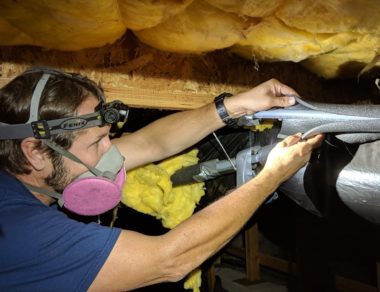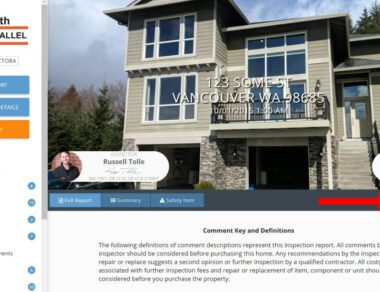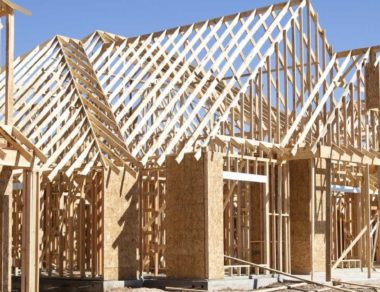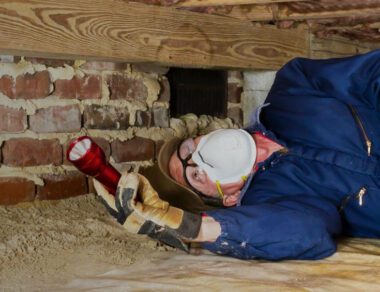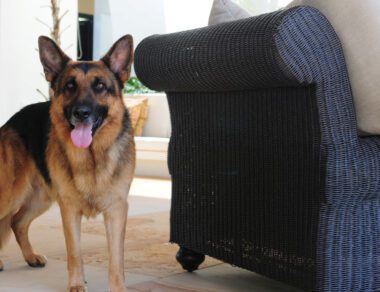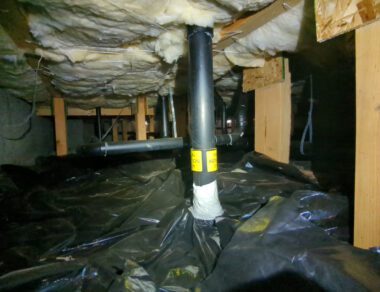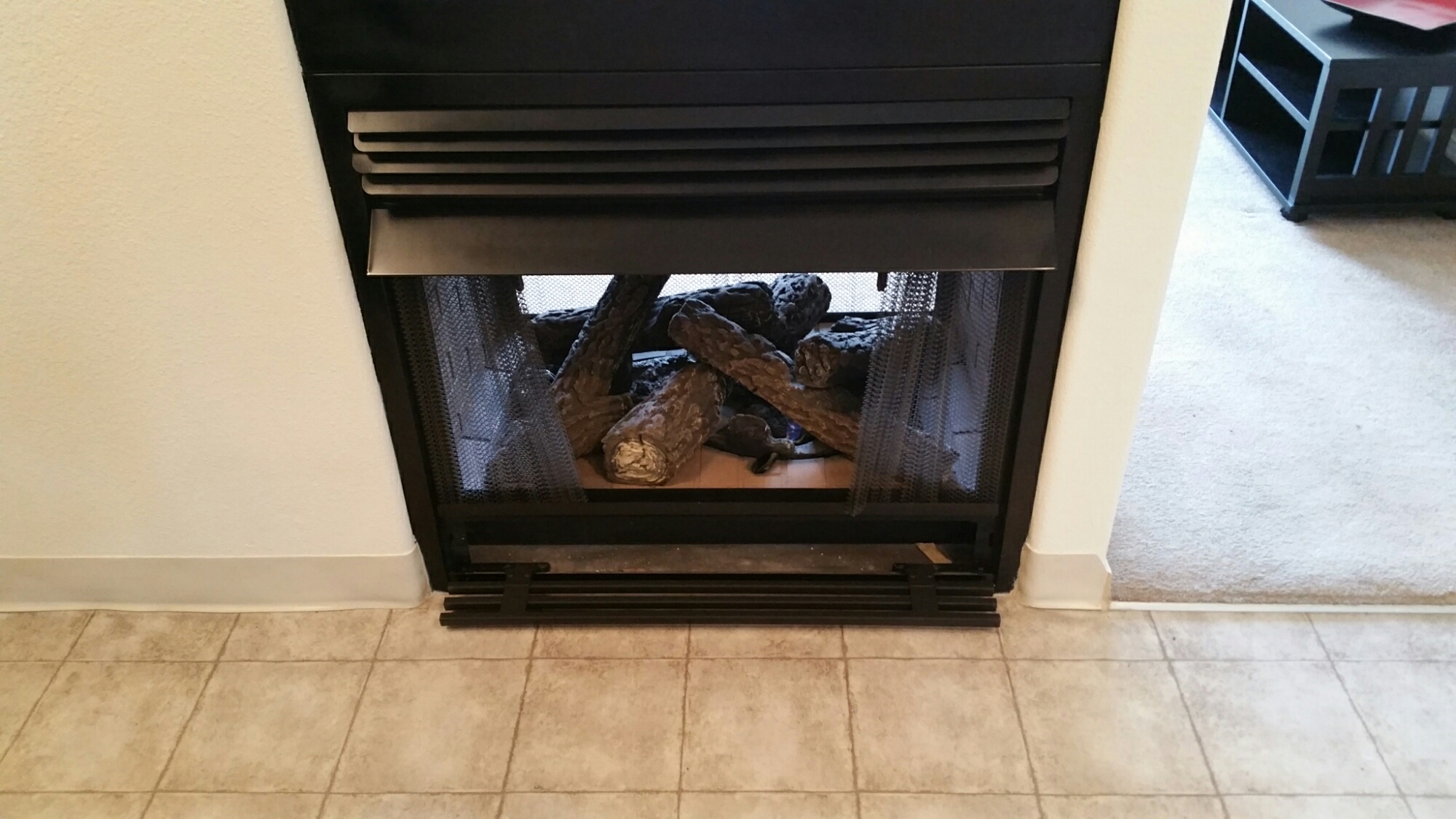
Enjoy the Warmth, But Prioritize Safety
During chilly evenings, there’s nothing quite like curling up by a crackling fire. While wood-burning fireplaces offer a classic ambiance, indoor gas fireplaces provide a convenient and efficient alternative. They boast instant heat, adjustable flames, and no cleanup, making them a popular choice for modern homes. But they need the same amount of care and attention as a wood fireplace, so here are some gas fireplace safety tips.
Like any gas appliance, gas fireplaces require certain safety precautions to reduce the risk of accidents and ensure the safety of your family. Here at 45th Parallel Home Inspection, we believe in creating safe and comfortable living spaces. In this blog post, we’ll delve into some gas fireplace safety tips for homeowners.
Essential Gas Fireplace Safety Tips
While gas fireplaces are generally safe and efficient, proper use and maintenance are crucial for preventing accidents. Here are some key safety tips to keep in mind:
Be Vigilant – Self-Inspection
You are likely not a gas fireplace contractor and do not have the expertise to perform thorough fireplace inspections, however, there are some things you can do. Pay attention to your fireplace! If you notice anything new at all, if anything changes, call a fireplace contractor to investigate.
These things could be something like soot developing around the fireplace logs or at the exterior vent, or changes in the burning pattern of the flames. An efficiently burning gas fireplace should not generate visible smoke or soot around the fireplace’s interior or exterior vent area. If you smell anything different or concerning when operating the fireplace, shut it down and call a fireplace contractor right away.
Make sure vegetation stays trimmed away from the exterior fireplace vent. Anything at all that looks out of the ordinary is a reason to call a gas fireplace contractor for further inspection.
Install Carbon Monoxide Alarms
Carbon monoxide (CO) is an odorless and colorless gas that can be deadly. According to the Centers for Disease Control, each year, more than 400 people die from unintentional CO poisoning not related to fires. Additionally, 100,000 people visit emergency rooms, and 14,000 people are hospitalized due to CO poisoning. Gas fireplaces, even when functioning properly, can produce small amounts of CO.
Gas fireplaces that are burning improperly or inefficiently can potentially produce significant amounts of CO and can become a safety hazard. To minimize risk, install carbon monoxide alarms outside each sleeping area and on every floor of your home, including the basement. Carbon Monoxide alarms should be replaced every 5 years.
Test CO alarms monthly and replace the batteries according to the manufacturer’s safety instructions. And, of course, every room in the house should have operational smoke alarms that are either hard-wired to the house or have fresh batteries approximately every six months if it is the type where you can change the battery. Smoke alarms with 10-year batteries cannot be changed. Hard wired alarms which include battery backup are the best.
 Keep Up with Inspections is an Important Gas Fireplace Safety Tip
Keep Up with Inspections is an Important Gas Fireplace Safety Tip
Schedule regular inspections of your gas fireplace by a certified fireplace contractor. This typically involves a thorough cleaning, checking the venting system for proper function, and ensuring the gas line and connections are secure. Aim for annual inspections, especially before the start of the heating season.
Depending on where you live, you may be able to take advantage of your gas company’s free annual gas appliance inspection safety checks. In our region, both Northwest Natural Gas and Portland Gas and Electric offer free annual safety checks of gas appliances and relight pilot lights. Contact your gas company to schedule or inquire whether they can perform a free safety check of your gas appliances.
Maintain a Safe Clearance Zone
Gas fireplaces generate heat, and the surrounding areas can become very hot. Maintain a designated clearance zone around your fireplace and flammable objects like furniture, rugs, curtains, or holiday decorations should be moved away. Consult your fireplace’s manual for specific clearance requirements.
Never Allow the Vent To Become Blocked
A vented fireplace system is crucial for expelling combustion gasses and maintaining proper oxygen levels. Ensure the fireplace vent is never blocked or obstructed by vegetation or debris. A blocked vent can lead to CO buildup and safety hazards. Birds and bees often build nests in fireplace flue vents if they are accessible.
You can periodically check the exterior vent if visible to look for any bird nesting material or bee nests. It is best to have the appliance inspected prior to use when the weather turns cooler. Ensure that vegetation stays trimmed well away from the exterior vent, as it can affect the proper venting of the appliance.
If you notice any holes or gaps in the exterior vent screen where pests can enter, have those fixed right away.
Beware of Hot Glass
The glass panel on a gas fireplace gets extremely hot during operation. Keep children and pets away from the fireplace to avoid accidental burns. Teach children the importance of maintaining a safe distance from the fireplace, even when it’s not lit. Fireplace glass may be able to be retrofitted with a screen to help prevent burns. Consult with a fireplace contractor to inquire about this option.
Turn Off When Unattended
Never leave your gas fireplace unattended while burning. Extinguish the flames before leaving the house or going to bed. This reduces the risk of accidents when the fireplace is unattended.
Don’t Burn Trash or Other Materials
Gas fireplaces are designed for burning natural gas only. Never attempt to burn trash, paper, wood, or other materials in your gas fireplace. Doing so can damage the appliance, create a fire hazard, or release harmful fumes.
Our Final Gas Fireplace Safety Tip: Oxygen Depletion Sensors
Some newer gas fireplace models come equipped with oxygen depletion sensors (ODS). These sensors detect a drop in oxygen levels within the fireplace and automatically shut off the gas supply in case of malfunction or venting issues. While not all models have ODS, their presence adds an extra layer of safety.
Consult with a certified fireplace contractor or your owner’s manual to determine if your fireplace has ODS sensors. A certified fireplace contractor may be able to retrofit your fireplace with an ODS sensor if it does not have one currently.
5 Burning Questions About Gas Fireplace Safety
What if I smell gas near my fireplace?
Any gas odor near your fireplace is a cause for concern. If possible, shut off the gas supply valve to your fireplace immediately. Open windows and doors to ventilate the area. Do not attempt to relight the fireplace or turn on any electrical switches. If the gas smell persists, evacuate the house immediately. Call a qualified gas technician to diagnose the problem before returning to the home or restarting the fireplace.
What should I do if the pilot light goes out on my gas fireplace?
Most modern gas fireplaces have electronic ignition systems. However, if your fireplace has a pilot light, consult your owner’s manual for specific instructions on relighting it safely. If you’re uncomfortable relighting the pilot light yourself, contact a qualified gas fireplace technician or your local gas company for assistance.
How can I tell if my gas fireplace is outdated and needs replacing?
If it’s more than 15 years old, it probably makes sense to have your gas fireplace replaced. Generally speaking, the estimated lifespan of gas fireplaces is 10-15 years. If your gas fireplace is older, and you find it needing multiple repairs, it’s probably time for replacement. Older models may not have the same safety features as newer models and may be less efficient. Consult a certified gas fireplace contractor to assess your existing fireplace and determine if a replacement is necessary or recommended.
Who should inspect my gas fireplace?
A certified gas fireplace contractor with experience servicing your specific fireplace model should perform the annual inspection. Your local gas company also may perform yearly free safety inspections of your gas appliances including your gas fireplace. Contact your local gas company for more information.
45th Parallel Home Inspection: Your Partner in Home Safety
At 45th Parallel Home Inspection, we prioritize the safety and well-being of our clients. Our team of experienced and certified inspectors can provide comprehensive home inspections that include an inspection of your gas fireplace. Hopefully, these gas fireplace safety tips will give you some peace of mind.
Our goal when we inspect a gas fireplace is to identify any issues we can find that may be a hazard when operating your gas fireplace. We find things during home inspections such as blocked fireplace vents, lack of proper clearance around fireplace vents, gas lines that lack proper protection under the fireplace, and other signs that the fireplace may not be operating efficiently.
Contact 45th Parallel Home Inspection to schedule a comprehensive inspection of your home, including your gas fireplace. We offer flexible scheduling and competitive rates. Let us help you create a safe and cozy haven for you and your family during any season.
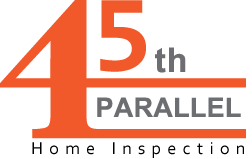
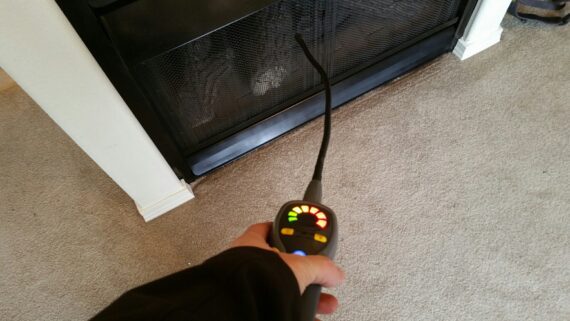 Keep Up with Inspections is an Important Gas Fireplace Safety Tip
Keep Up with Inspections is an Important Gas Fireplace Safety Tip
